-
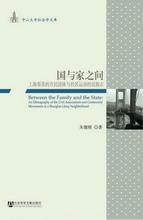
国与家之间
《国与家之间:上海邻里的市民团体与社区运动的民族志》以上海里弄为例,从人类学民族志的视角给读者描述出20世纪80年代以来城市邻里中市民团体、居民运动和相关地方政府的实践过程。作者指出,这些市民团体和邻里运动推动了公共空间的生产,它们构成了基层参与网络、居民相互信任的关系以及普遍互惠的规范。这些组织和行动一方面表达着国家权力的渗透,另一方面也包含着对国家权力的抵制和扭曲。这种依赖和自治的双重特征使得这些地方性组织和“社会运动的日常形式”并不构成西方意义上的公民社会要素,但是它所形成的抗争在被国家权力吸纳的同时,也促进了地方权力话语和实践的改变。 -
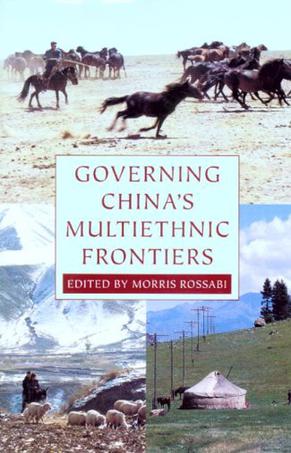
Governing China's Multiethnic Frontiers
Upon coming to power in 1949, the Chinese Communist government proclaimed that its stance toward ethnic minorities--who comprise approximately eight percent of China’s population--differed from that of previous regimes and that it would help preserve the linguistic and cultural heritage of the fifty-five official "minority nationalities." However, minority culture suffered widespread destruction in the early decades of the People’s Republic of China, and minority areas still lag far behind Han (majority) areas economically. Since the mid-1990s, both domestic and foreign developments have refocused government attention on the inhabitants of China’s minority regions, their relationship to the Chinese state, and their foreign ties. Intense economic development of and Han settlement in China’s remote minority regions threaten to displace indigenous populations, post-Soviet establishment of independent countries composed mainly of Muslim and Turkic-speaking peoples presents questions for related groups in China, freedom of Mongolia from Soviet control raises the specter of a pan-Mongolian movement encompassing Chinese Mongols, and international groups press for a more autonomous or even independent Tibet. In Governing China’s Multiethnic Frontiers, leading scholars examine the Chinese government’s administration of its ethnic minority regions, particularly border areas where ethnicity is at times a volatile issue and where separatist movements are feared. Seven essays focus on the Muslim Hui, multiethnic southwest China, Inner Mongolia, Xinjiang, and Tibet. Together these studies provide an overview of government relations with key minority populations, against which one can view evolving dialogues and disputes. -
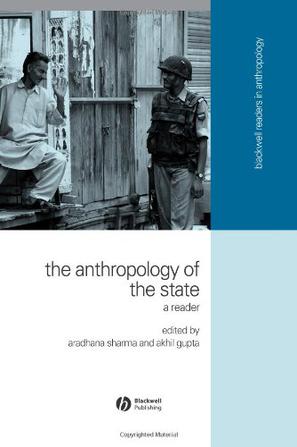
The Anthropology of the State
This innovative reader brings together classic theoretical texts and cutting-edge ethnographic analyses of specific state institutions, practices, and processes and outlines an anthropological framework for rethinking future study of “the state”. Focuses on the institutions, spaces, ideas, practices, and representations that constitute the “state”. Promotes cultural and transnational approaches to the subject. Helps readers to make anthropological sense of the state as a cultural artifact, in the context of a neoliberalizing, transnational world. -

Ritual, Politics and Power
Examines the history and purpose of political rituals, discusses examples from Aztec cannibal rites to presidential inauguration, and argues that the use of ritual determines the success of political groups. -
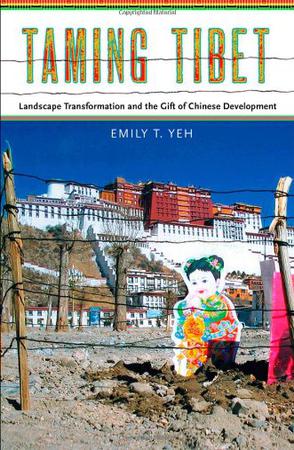
Taming Tibet
The violent protests in Lhasa in 2008 against Chinese rule were met by disbelief and anger on the part of Chinese citizens and state authorities, perplexed by Tibetans’ apparent ingratitude for the generous provision of development. In Taming Tibet, Emily T. Yeh examines how Chinese development projects in Tibet served to consolidate state space and power. Drawing on sixteen months of ethnographic fieldwork between 2000 and 2009, Yeh traces how the transformation of the material landscape of Tibet between the 1950s and the first decade of the twenty-first century has often been enacted through the labor of Tibetans themselves. Focusing on Lhasa, Yeh shows how attempts to foster and improve Tibetan livelihoods through the expansion of markets and the subsidized building of new houses, the control over movement and space, and the education of Tibetan desires for development have worked together at different times and how they are experienced in everyday life. The master narrative of the PRC stresses generosity: the state and Han migrants selflessly provide development to the supposedly backward Tibetans, raising the living standards of the Han’s “little brothers.” Arguing that development is in this context a form of “indebtedness engineering,” Yeh depicts development as a hegemonic project that simultaneously recruits Tibetans to participate in their own marginalization while entrapping them in gratitude to the Chinese state. The resulting transformations of the material landscape advance the project of state territorialization. Exploring the complexity of the Tibetan response to—and negotiations with—development, Taming Tibet focuses on three key aspects of China’s modernization: agrarian change, Chinese migration, and urbanization. Yeh presents a wealth of ethnographic data and suggests fresh approaches that illuminate the Tibet Question. -
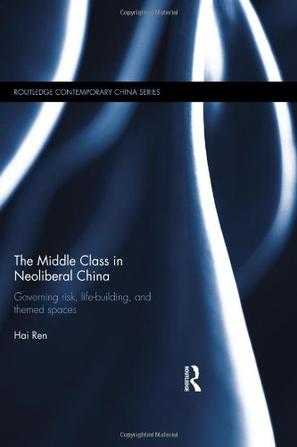
The Middle Class in Neoliberal China
Since the late 1970s, China’s move towards neoliberalism has made it not only one of the world’s fastest growing economies, but also one of the most polarised states. This economic, social and political transformation has led to the emergence of a new Chinese middle class, and understanding the development and the role of this new social group is crucial to understanding contemporary Chinese society. Investigating the new politics of the middle class in China, this book addresses three major questions. First, how does the Chinese state deal with problems of national sovereignty and political representation to create the middle class both as a legitimate category of the people and as an ideal norm of citizenship? Second, how does the recognition of the middle class norm take place in the practice of everyday life? Finally, what kind of risks does the politics of the middle class generate not only for middle class subjects but also for the disenfranchised? In answering these questions, this book examines a set of practices, bodies of knowledge, measures, and institutions that aim to manage, govern, control, and orient the behaviours, gestures, and thoughts of Chinese citizens. This investigation contributes not only to the understanding of the Chinese middle class society but also to the scholarly debate over the relationship between governmental apparatuses, subjectification, and life-building. Drawing on ethnographic information, historical archives, and the media, this book will be of great interest to students and scholars working in the fields of Chinese studies, Chinese politics, ethnic studies and urban studies, as well as those interested in culture, society, class and welfare.